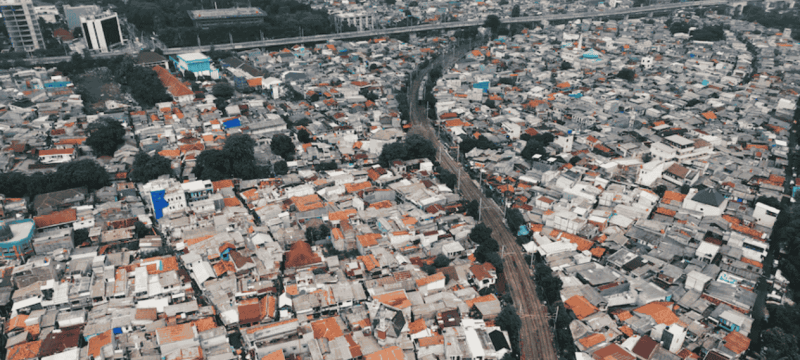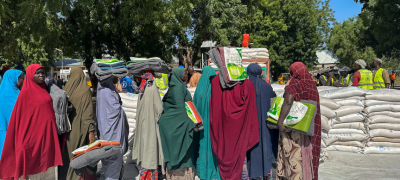Jakarta has overtaken Tokyo in population, according to a new report by the UN Department of Economic and Social Affairs’ Population Division. The Indonesian capital now ranks among the world’s largest cities alongside Dhaka, Bangladesh.
The report shows that Jakarta and Dhaka, with nearly 37 million people, have surpassed Tokyo, which has a population of around 33 million. Tokyo, which was the world’s largest city in 2000, has seen slower growth due to Japan’s aging and shrinking population. Dhaka is expected to become the largest city globally by 2050.
Elisa Sutanudjaja, director of the Jakarta-based Rujak Centre for Urban Studies, said Jakarta’s population has exceeded Tokyo’s for several years. She noted that rapid growth poses significant challenges for the city, including poor coordination between local governments.
Jakarta faces extreme traffic congestion, pollution, and frequent flooding. In 2019, Indonesia’s government announced plans to move the capital from the densely populated island of Java to Borneo. The new city, Nusantara, is still under development and has struggled to attract investment.
The UN report highlights the rapid urbanization in Asia. Cities now house 45 percent of the world’s 8.2 billion people in 2025, up from only 20 percent in 1950. The number of megacities—those with populations over 10 million—has quadrupled since 1975, from eight to 33. Nineteen of these megacities are in Asia.
Alongside Jakarta, Dhaka, and Tokyo, other top megacities include Delhi and Shanghai with 30 million each, Guangzhou with 28 million, Cairo with 26 million, Manila with 25 million, Kolkata with 23 million, and Seoul with 22 million residents.
Experts say Jakarta’s rapid growth underscores the challenges of urban planning, infrastructure development, and sustainable living. Despite its population surge, the city continues to be a central hub for Indonesia’s economy, culture, and governance.
In other news read more about: OpenAI Expands to Asia with Tokyo Office







